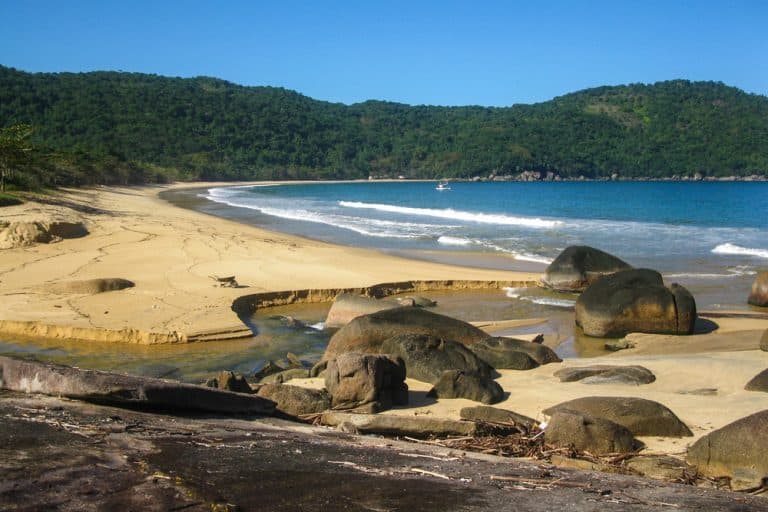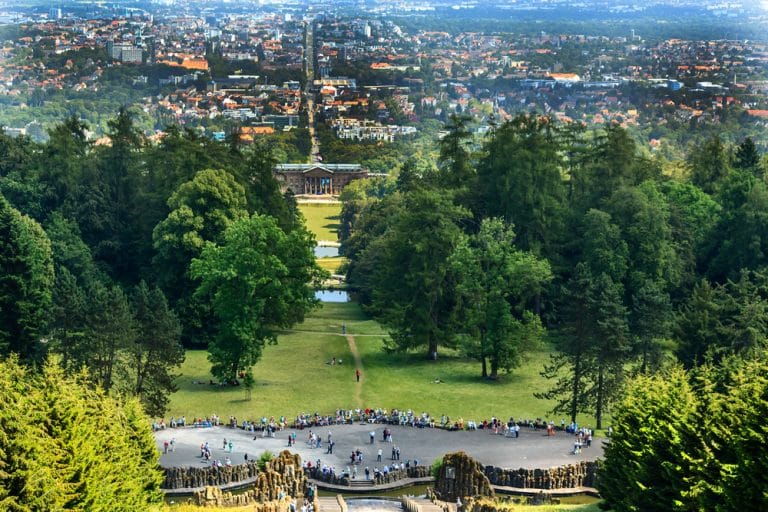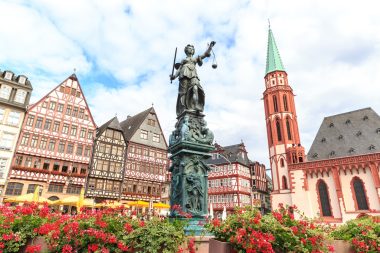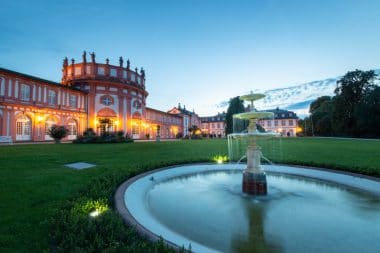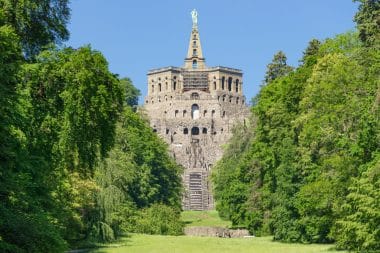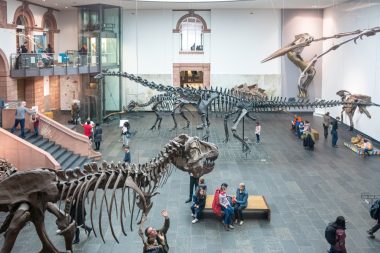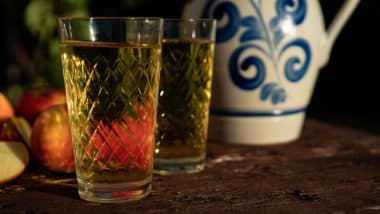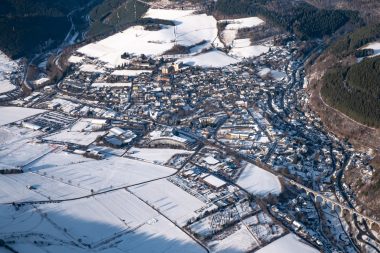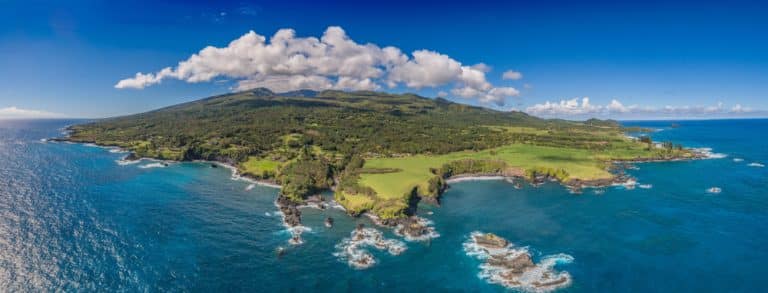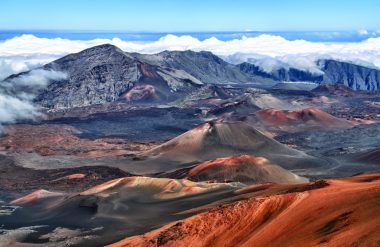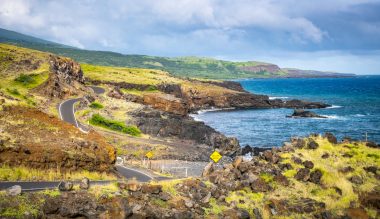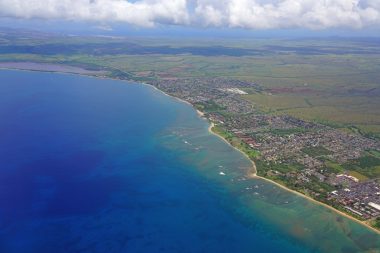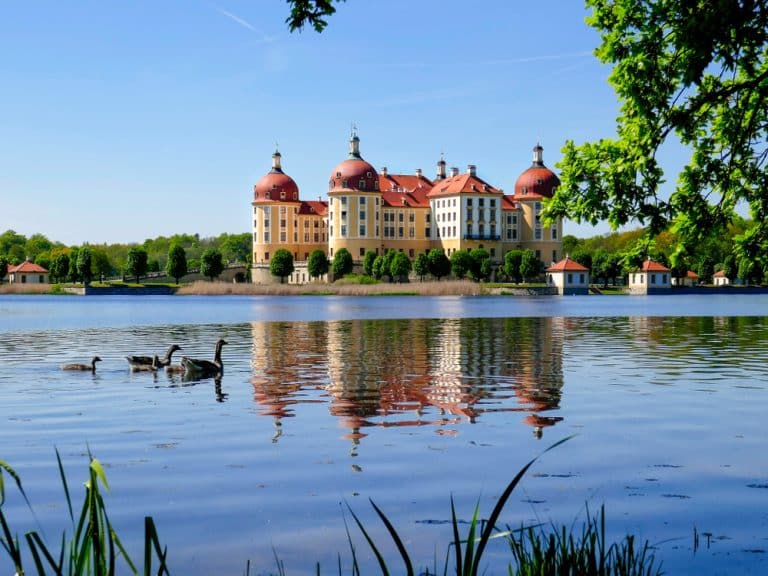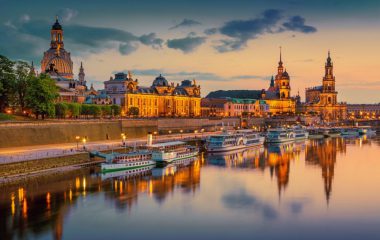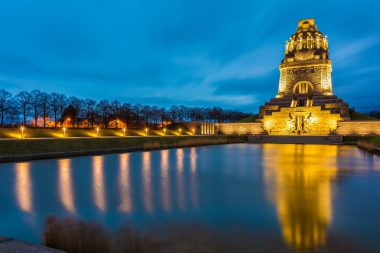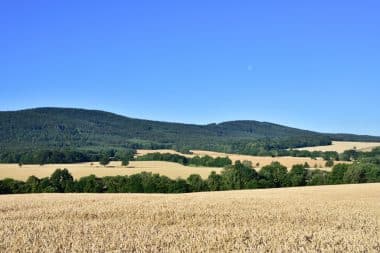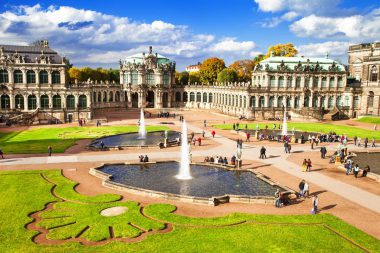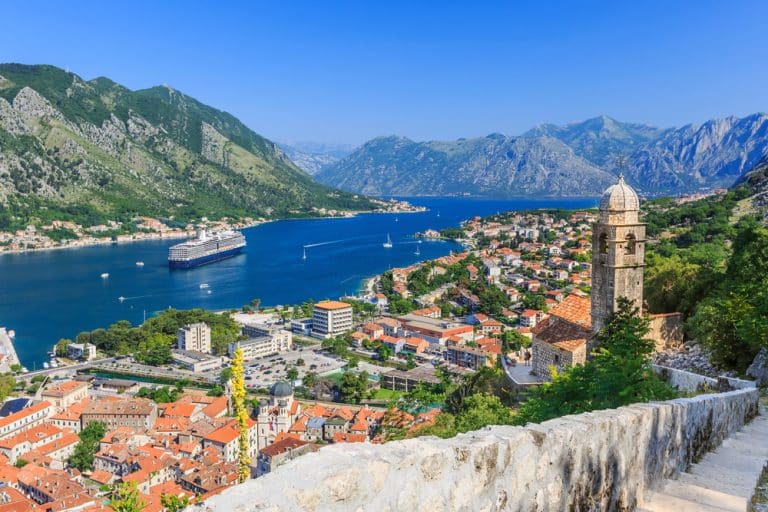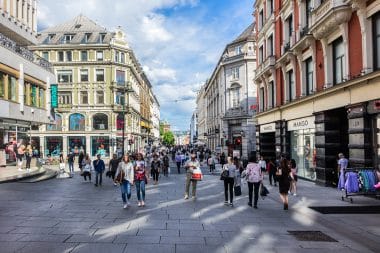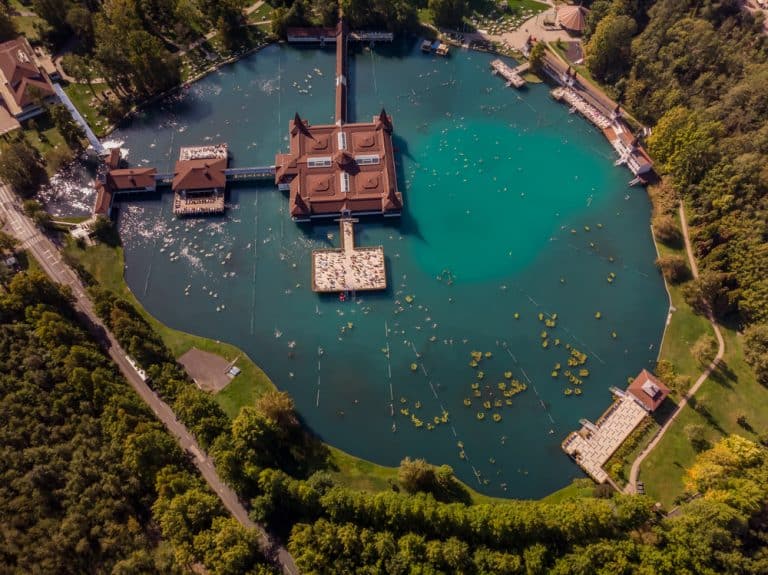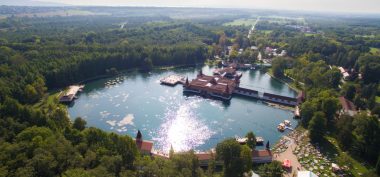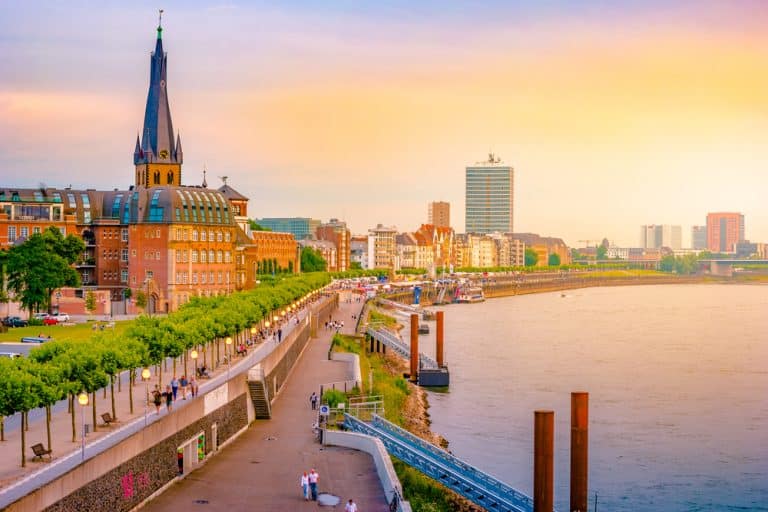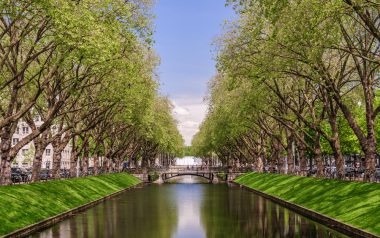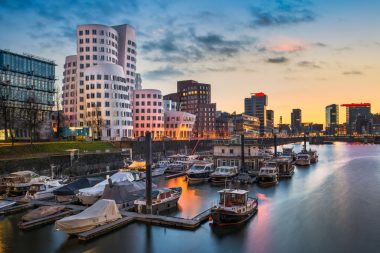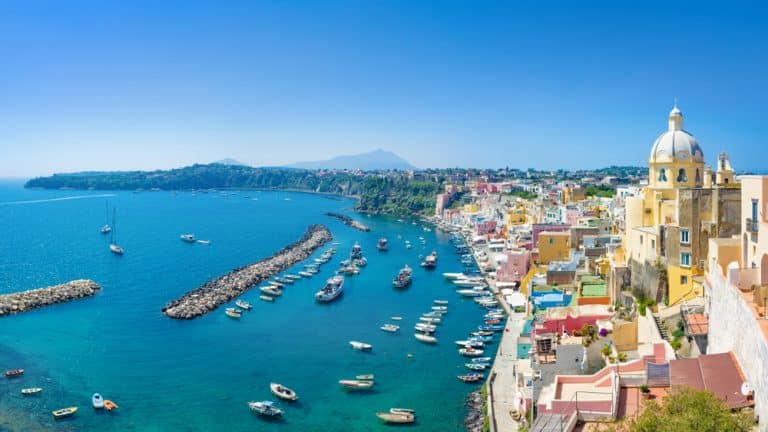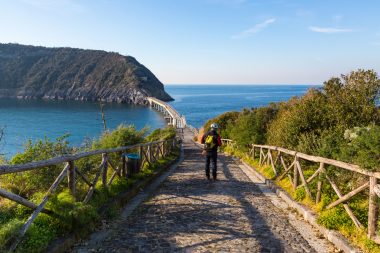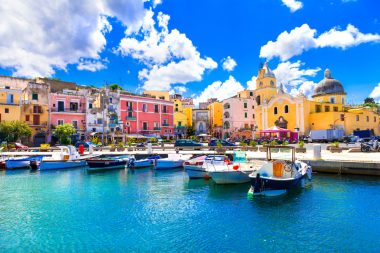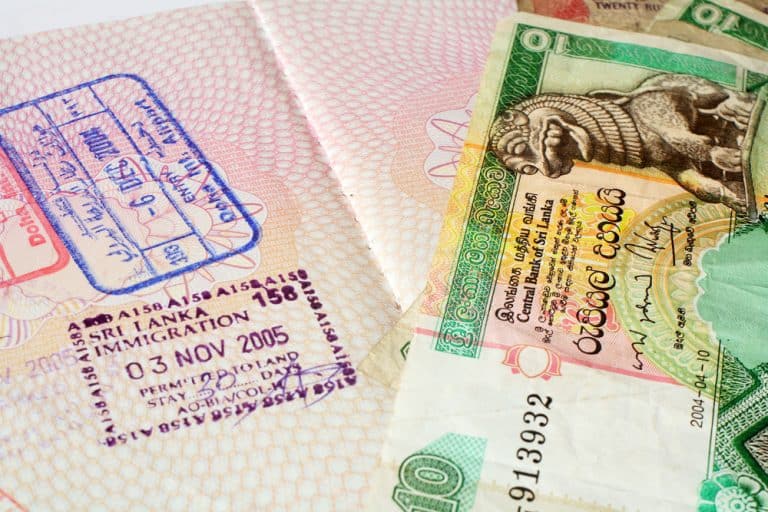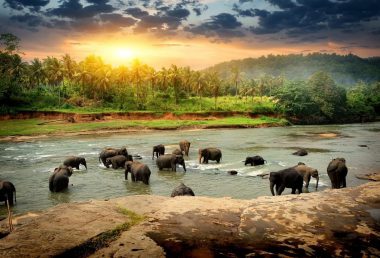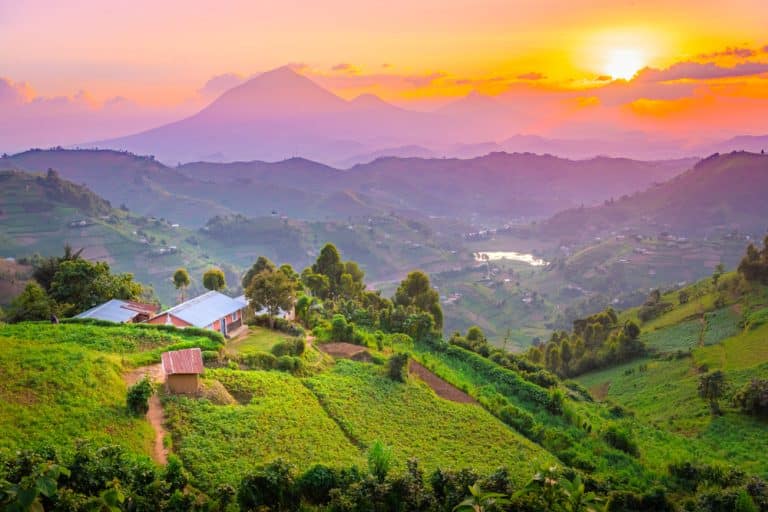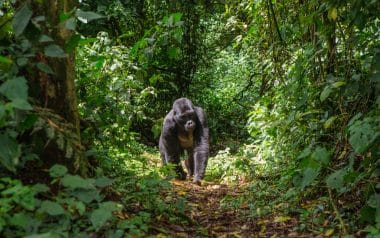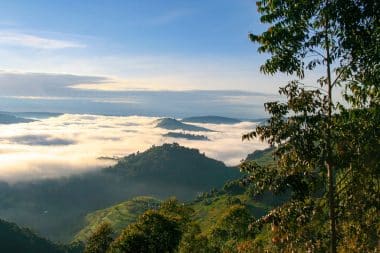Ilha Grande, the 193 km² island off the Brazilian coast and about 108 km west of the city of Rio de Janeiro as the crow flies, has an eventful history behind it. In its dark past, the island was a refuge for pirates, a transshipment point for slaves, a colony for lepers and was later also used as a prison island. Today it is a nature reserve, UNESCO World Heritage Site and an attractive destination for holidaymakers from all over the world all year round. Ilha Grande is blessed with beautiful beaches and unique, partly untouched nature. Whether beach holidaymakers, nature lovers, active holidaymakers or families, everyone will find their own personal holiday experience here.
Sights on Ilha Grande
There are 86 beaches on Ilha Grande, but Lopes Mendes Beach is without a doubt one of the most beautiful beaches. Almost 2.5 km long, infinitely wide and bright white. In addition to bathers, there are also many surfers here. Since the beach faces the ocean, the strong surf coming from the Atlantic Ocean is a real challenge for surfers. The beach is easily accessible via a hiking trail that leads from the main town of the island of Vila do Abraão, first through a forest for a long time and then via 2 other beaches (Praia Palmas and Praia Pouso). About 2 hours should be planned for the entire hike. This is not everyone’s cup of tea in the tropical heat. For those who prefer more comfort, Lopes Mendes beach can also be reached by boat. The excursion boats depart regularly from Vila do Abraão (provided the sea is calm).
Aventureiro Beach
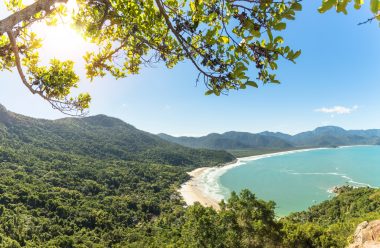
Another beautiful beach is Aventureiro Beach. On this paradisiacal 500-metre-long sandy beach, there is a small rustic fishing village that has retained much of the traditional local culture. In Aventureiro there are no hotels, inns or shops. Overnight stays are only possible in rented rooms of the villagers or on campsites. There you will also find some restaurants. However, access to the beach is regulated for environmental reasons. Visitors should register with the tourist office in good time. In the high season, a maximum of 560 visitors are allowed at the same time. The beach can be reached by boat by sea or via a footpath from the village of Provetá.
Praia da Parnaioca
A few words should also be dedicated to the beach Praia da Parnaioca. The approximately 1,000 m long beach is as good as deserted. Only a handful of locals live in a small village. At the western end of Praia da Parnaioca flows the Parnaioca River of the same name, which forms a small lagoon on the beach. Apart from some ruins of old buildings built by the former slaves and the small church of the Sacred Heart of Jesus, there is not much to see. However, if you love solitude in the midst of untouched nature, you are in good hands here.
Abraru on Ilha Grande
If you are on holiday on Ilha Grande, you should not miss a visit to the town of Abraru. Numerous colourful music festivals take place here throughout the year, which alone is worth a visit. Particularly noteworthy and a sight to see is the snow-white lighthouse Farol de Castelhanos, surrounded by magnificent trees. It is one of the oldest in Brazil. Abraru beach is also very popular with families with children, as it has little swell and no undercurrent.
The Lagoa Azul Lagoon
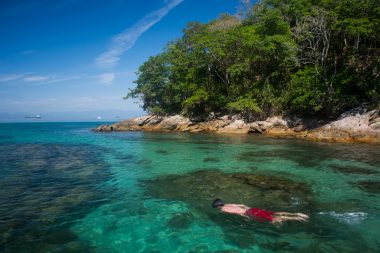
One of the biggest attractions of Ilha Grande, however, is the lagoon Lagoa Azul (Blue Lagoon), which is located between the 3 islands, Ilha dos Macacos, Ilha Redonda and the actual Ilha Grande. It is wonderful to swim in the crystal clear, turquoise blue water of the lagoon or to observe the underwater world of the lagoon with its colorful fish, starfish, corals and many other sea creatures while snorkeling and diving. This is pure relaxation. A special attraction in the lagoon are the many black and yellow striped Sargentinhos fish, also known as bread eaters on the island. The fish are used to being fed breadcrumbs by the tourists. Lagoa Azul can be reached from Vila do Abraão by boat in about 45 minutes. In the high season, so-called bar ships also dock in the lagoon to offer drinks and snacks.
Gruta do Acaiá
The Gruta do Acaiá is a cave where seawater enters and which, when sunlight enters, reveals a unique play of colours. About 8 m below sea level is a hole in the coastal rock, through which seawater can penetrate into an underground cave. The cave, which is about 30 meters wide and on average 1 meter high, can be accessed from land through a narrow entrance. Inside the cave, visitors are presented with a unique fluorescence phenomenon. The interplay of sunlight and seawater creates a magic of turquoise green mist, interspersed with many flashing and shiny dots, like diamonds. You feel like you’re in a fairytale world. The cave can be reached from Araçatiba in a five-hour walk. It is faster and more comfortable to take a boat trip from Araçatiba or Vila do Abraão.
Pico do Papagaio

The Pico do Papagaio (Parrot Peak) is a 982 m high mountain in the interior of Ilha Grande. It was given the significant name because it looks like a parrot’s head from a distance. Among active holidaymakers, Pico do Papagaio is very popular as a hiking destination. The hike from Vila do Abraão, through dense Atlantic rainforest up to the summit, is challenging and takes about 3 hours. However, those who have made it will be rewarded with a sensational view over large parts of the Baía da Ilha Grande (weather permitting).


